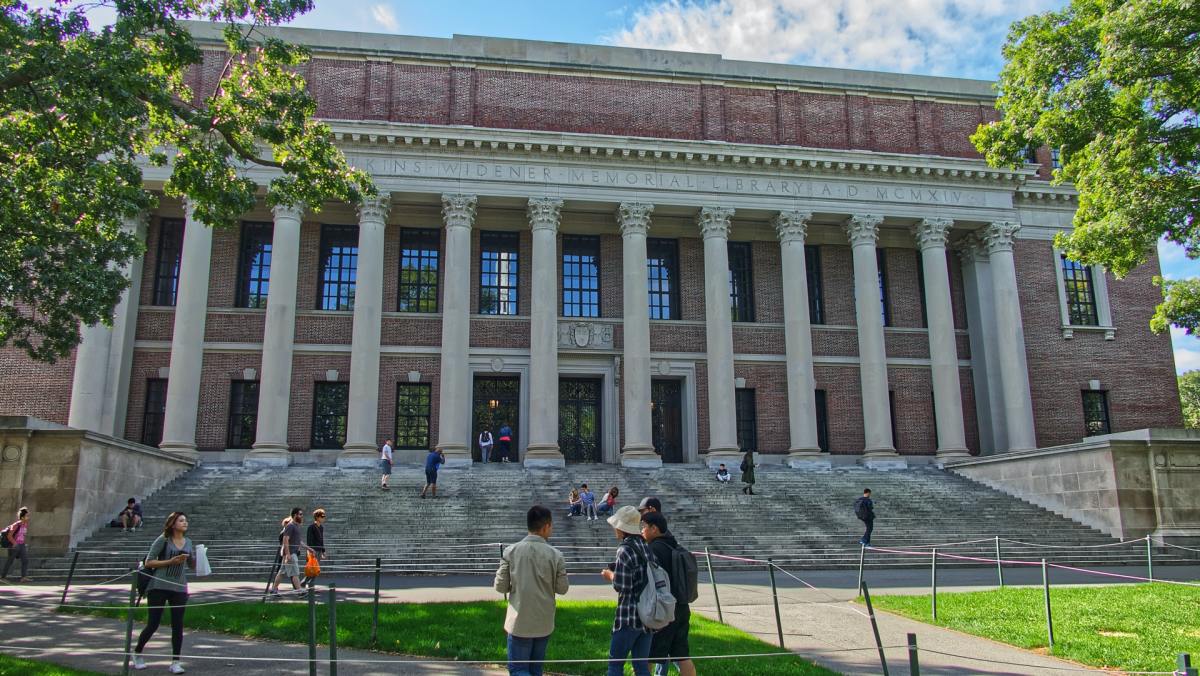The United States is going through a much-needed reckoning with the legacy of slavery, including ongoing questions about how to think of public figures who participated in the subjugation of others. But while statues and street names are among the highest-profile elements of this debate, they’re far from the only ones. A recent lawsuit helps to illustrate just how deeply some of these concerns are embedded in the landscape.
Writing at Hyperallergic, Valentina Di Liscia has an important overview of a lawsuit Tamara Lanier filed against Harvard. At the heart of the lawsuit are a series of daguerreotypes commissioned in 1850 by Harvard University professor Louis Agassiz. The images taken were of enslaved people, including Renty, Lanier’s great-great-great grandfather, and Renty’s daughter Delia.
Harvard continues to own the copyright for the photographs. Lanier’s 2019 lawsuit, which was dismissed earlier this year, asked for — in Di Liscia’s phrasing — “the school [to] grant her ownership of the images and relinquish any profits associated with them in addition to paying punitive damages.” Lanier has appealed the ruling, and oral arguments are beginning today in the Massachusetts Supreme Court, per Hyperallergic.
The lawsuit and the debate it has sparked have led to conversations about the ethics of the photographs and the rights of someone to images of their ancestors, especially those taken by violence, as was the case here. (Hyperallergic has published a number of articles related to the case and the larger issues it brings up.) It seems likely that even if this particular lawsuit doesn’t go through, the larger issues at hand will continue to be grappled with..
Thanks for reading InsideHook. Sign up for our daily newsletter and be in the know.


















